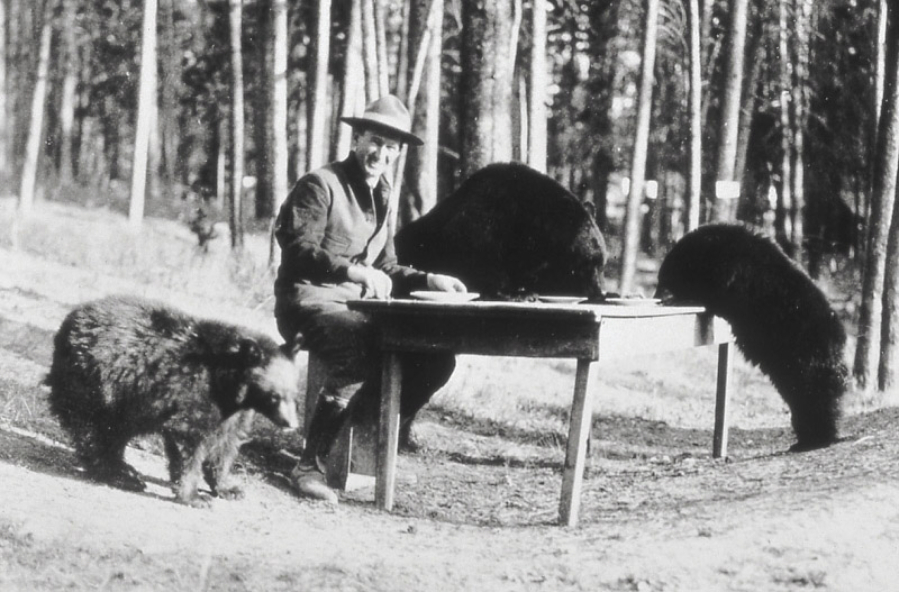Sometime this year, take a moment to say “happy birthday” to the National Park Service. It’s turning 100 years old in August. And my, how some things have changed in that century.
Take, for example, how the parks deal with bears.
Today, the Park Service characterizes the possibility of seeing live bears — black, grizzly or polar in dozens of parks across the country — as a very special but far from guaranteed experience. It reminds park visitors that bears are wild animals, and it directs them to follow “bear etiquette.” That code of conduct includes the following exhortations:
Respect a bear’s space.
Never approach, crowd, pursue or displace bears.
Let bears eat their natural foods.
It was not always so, as seen in the accompanying photo. In the early 20th century, according to Rachel Mazur’s book “Speaking of Bears,” bear-feeding spectacles were major attractions.
In Sequoia National Park, managers noticed that bears foraged nightly at a garbage dump inside the park, and they knew a tourist draw when they saw one. So they moved the trash pit to a more central location and called it “Bear Hill.” Bleachers were set up so that hundreds of visitors, separated from the bears by only a short barrier, could watch as many as 30 of the animals dine each evening.



